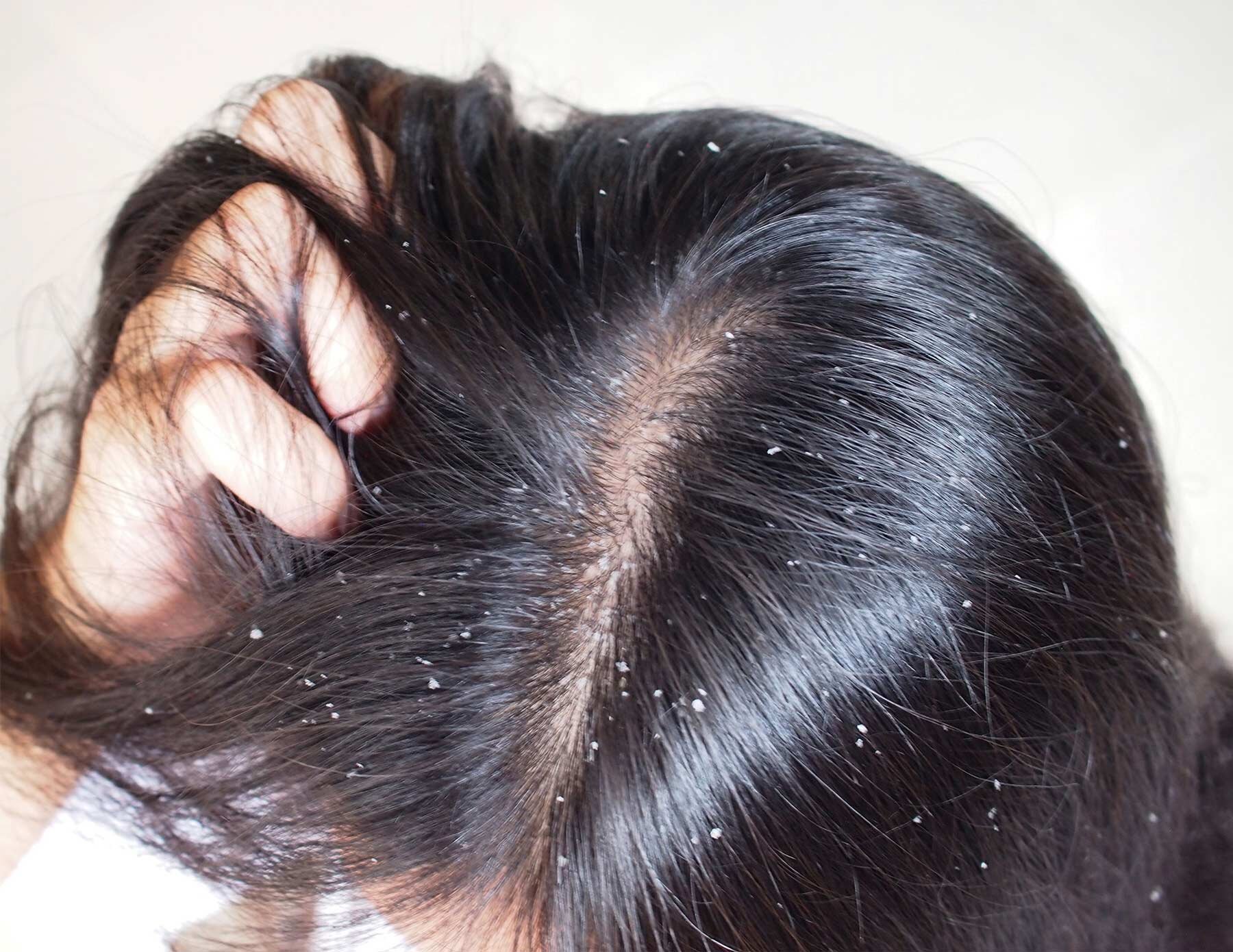
Dandruff
Dandruff is a common scalp condition that causes flakes of skin to appear in the hair and on the shoulders. It is caused by the shedding of dead skin cells from the scalp, and is often accompanied by itching. While dandruff is not a serious condition, it can be embarrassing and frustrating to deal with.
There are several factors that can contribute to dandruff, including:
Dry skin
Oily skin
Sensitivity to hair care products
Infection with a yeast-like fungus called Malassezia
Seborrheic dermatitis, a condition that causes inflammation and scaling on the scalp
Psoriasis, a chronic skin condition that causes red, scaly patches on the skin
Not shampooing frequently enough
Symptoms of dandruff can vary, but typically include flakes of skin in the hair and on the shoulders, as well as itching on the scalp. In some cases, dandruff may be accompanied by redness, scaling, or flakiness on the scalp.
Treatment for dandruff typically involves the use of over-the-counter shampoos containing ingredients such as pyrithione zinc, selenium sulfide, or tar. These ingredients help to control the shedding of skin cells and reduce inflammation. It may take several weeks of regular use to see improvement in dandruff symptoms. In more severe cases, prescription shampoos or other treatments may be necessary.
In addition to using dandruff shampoo, there are several steps you can take to help manage dandruff:
Wash your hair regularly with a gentle shampoo
Avoid using harsh hair care products or styling tools
Avoid using hot water when shampooing, as this can strip the scalp of natural oils and make dandruff worse
Avoid scratching your scalp, as this can irritate the skin and cause dandruff to worsen
Brush or comb your hair gently to remove flakes
Eat a healthy, balanced diet and stay hydrated to help maintain healthy skin
By following these precautions and using dandruff shampoo as directed, you can help to control dandruff and improve the appearance of your hair. If dandruff persists or is accompanied by other symptoms such as redness or scaling, it is important to see a dermatology provider for further evaluation and treatment.

